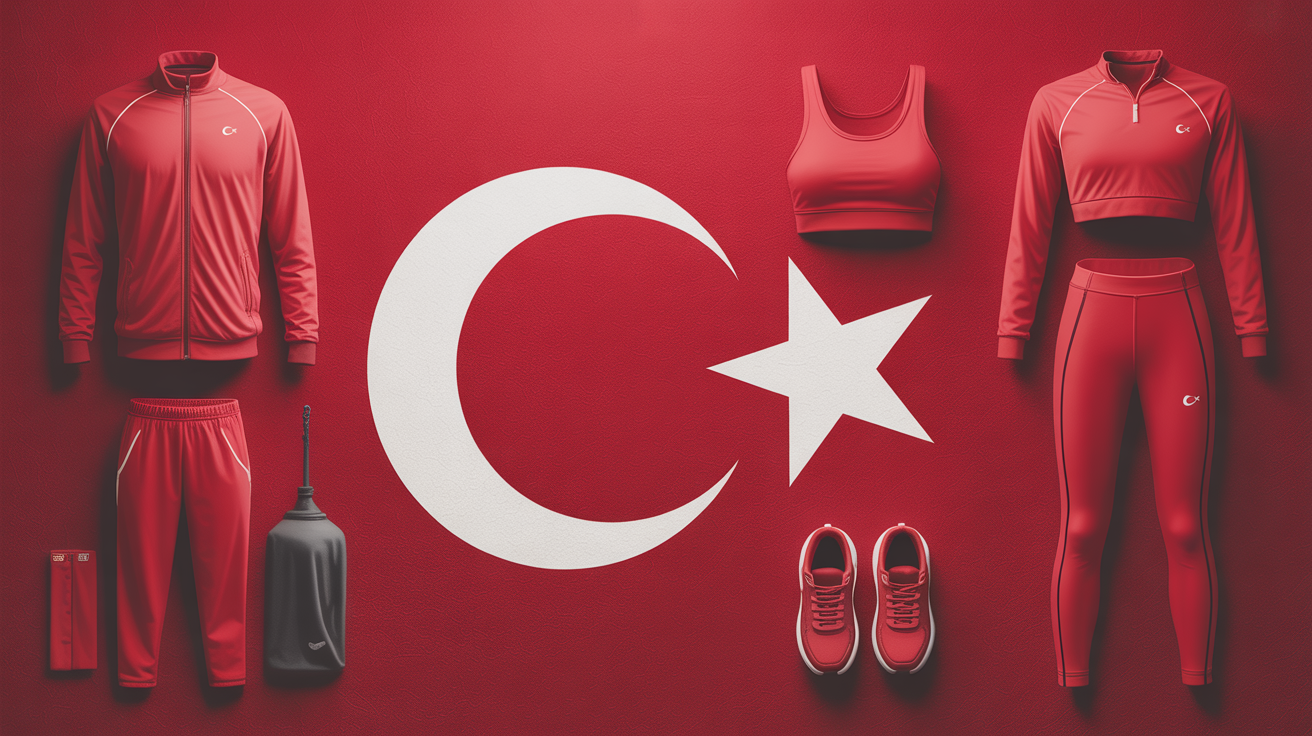If you’re reading this, chances are you’re not just browsing for gym clothes. You’re probably building something — a brand, a label, maybe even a movement. And if you’re serious about launching activewear that actually sells, you’ve already figured out one hard truth: where you manufacture matters just as much as the design.
Turkey has quietly become the go-to hub for brands that want quality without the Asian lead times or the European price tags. I’ve been in this game for over a decade — first sourcing for others, then building my own line, and now advising brands on how to scale smart. And let me tell you: finding the right Turkish sportswear manufacturer can make or break your launch.
This isn’t just another listicle with flashy names and recycled PR blurbs. We’re diving deep — into factory floors, MOQ nightmares, fabric swatches, and real conversations with buyers who’ve been burned before. Whether you’re a startup founder with $5,000 in the bank or a retailer tired of inconsistent suppliers, this guide will help you cut through the noise.
We’ll cover the top Turkish sportswear brands, spotlight the best tracksuit manufacturers, break down what actually matters when choosing a wholesale activewear supplier, and — most importantly — show you how to avoid the traps most newcomers fall into. Oh, and yes — we’ll talk about Fexwear, because if you’re looking for a partner that gets both the craft and the hustle, they’re one of the few who walk the talk.
Let’s get real. Let’s get practical. And let’s build something that lasts.
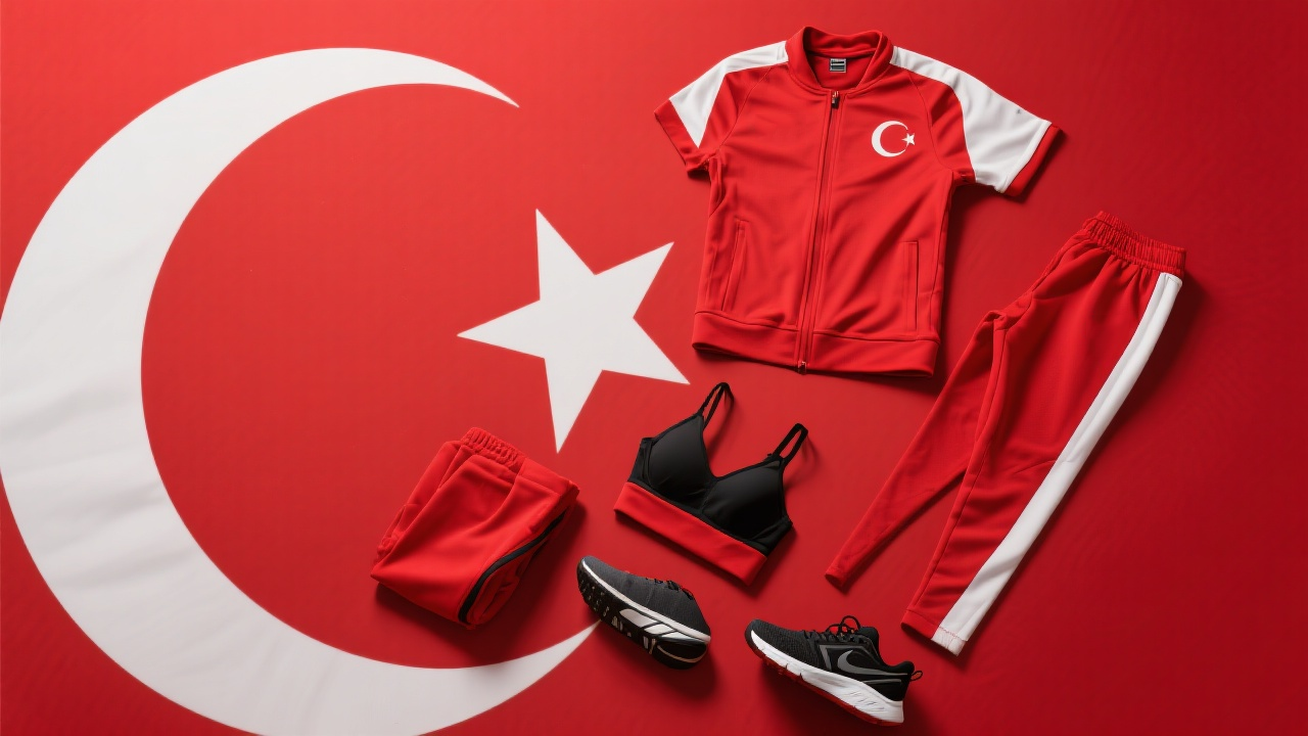
Why Turkey Is Winning the Sportswear Manufacturing Game
You’ve probably heard the pitch: “Turkey — the new China.” But that’s not quite right. Turkey isn’t replacing anyone. It’s carving its own lane.
I remember flying into Istanbul back in 2016, suitcase full of samples, nerves on high. I’d spent two years working with factories in Bangladesh and Vietnam. Great prices, sure — but every shipment came with a side of stress. Missing labels, wrong colors, fabrics that felt like sandpaper. And don’t get me started on the 12-week lead times.
Then I visited a small factory on the outskirts of Izmir. The air smelled like fresh cotton and coffee. Workers weren’t just stitching — they were checking, measuring, adjusting. The manager handed me a tracksuit and said, “Try it. Tell me if the cuff sits right.” That moment changed everything.
Turkey works because it cares. Not in a corporate mission-statement way — in a practical, hands-on, “we’ll fix it before it ships” kind of way.
Geographically, it’s a dream. Two hours from Berlin, three from Dubai. Shipping to Europe? You’re looking at 3–5 days by truck. No more praying that your container clears customs before Black Friday.
But it’s not just logistics. The textile heritage here runs deep. Families have been in this business for generations. You’ll find mills that spin their own yarn, dye their own fabric, and finish garments in-house. That kind of vertical control? It’s rare. And it means fewer surprises.
Let’s talk numbers. Turkey exports over $30 billion in textiles annually, and sportswear is one of the fastest-growing segments. Brands like Nike, Adidas, and Puma all have production lines here — not because it’s cheap, but because it’s reliable.
And reliability? That’s gold when you’re building a brand.
Now, I’m not saying every factory here is perfect. I’ve seen my share of duds — places that promise the moon but deliver mothballs. But the best ones? They’re world-class. Modern machinery, English-speaking teams, and a real understanding of Western sizing and trends.
So why is Turkey winning? Because it’s the sweet spot: quality like Europe, speed like Asia, and prices that actually make sense for growing brands.
If you’re still sourcing from the Far East just to save a few cents, ask yourself: what’s the real cost of a delayed shipment or a bad review?
What Makes a Great Tracksuit? (And Why Most Suppliers Get It Wrong)
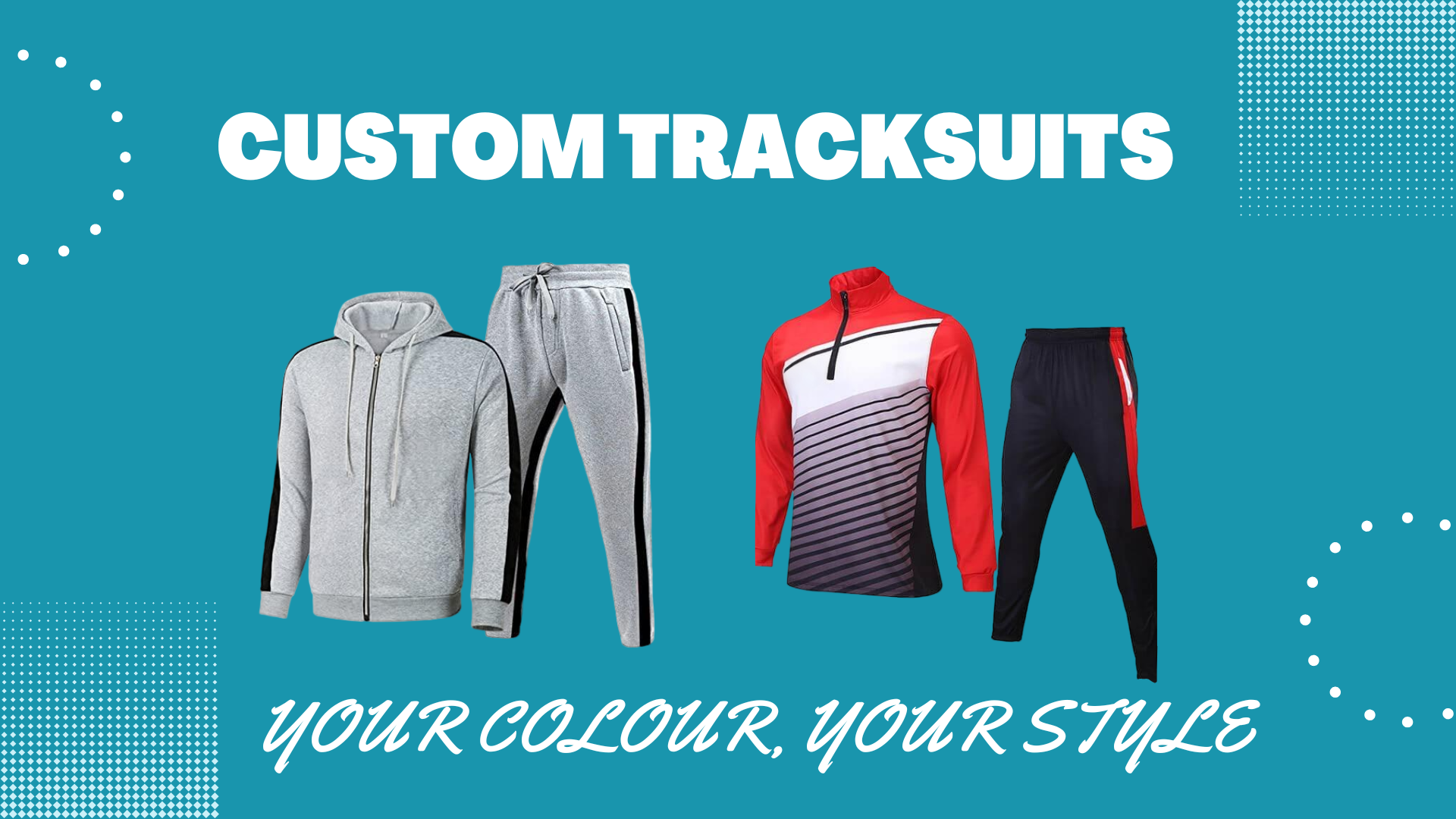
Let’s be honest — a lot of tracksuits these days are just lazy fashion. Thick, boxy, and boring. You put them on and feel like a walking sleeping bag.
But a great tracksuit? That’s a different story.
I’ll never forget the first time I wore a properly engineered set from a Turkish manufacturer. The weight of the fabric, the way the hood lined up with my collar, the stretch in the cuffs — it felt designed, not just assembled.
Here’s the thing most wholesale suppliers don’t tell you: a tracksuit isn’t two pieces of fabric stitched together. It’s a system. The jacket has to move with the pants. The fabric has to breathe but still hold warmth. The stitching has to flex, not snap.
And yet, so many factories treat it like a commodity.
I worked with a brand last year that ordered 1,000 units from a “budget” supplier in Bursa. When the shipment arrived? The zippers were misaligned, the drawstrings kept fraying, and the inner lining peeled after one wash. Total disaster.
Why? Because the manufacturer cut corners on fabric weight and stitch density. They used 280gsm instead of 320gsm fleece — saved a few cents per unit, ruined the whole batch.
So what should you look for?
Fabric weight — anything under 300gsm feels cheap. Aim for 320–360gsm for that premium hand feel.
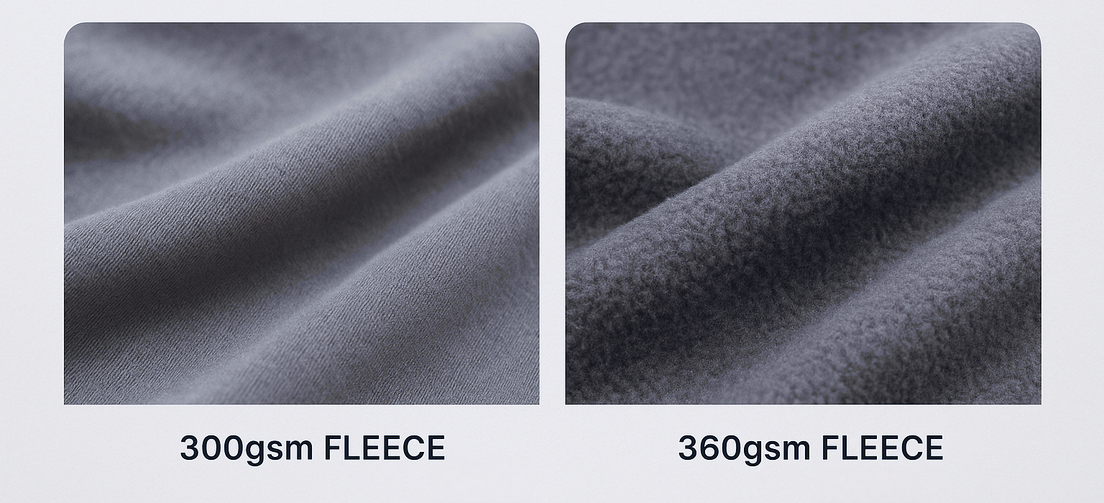
Stitching — flatlock seams are non-negotiable. They lie flat, reduce chafing, and last longer.
Fit — Turkish manufacturers tend to blend European tailoring with athletic mobility. That means slimmer silhouettes without sacrificing comfort.
Details — contrast stitching, lined hoods, zippered pockets, elastic cuffs. These aren’t extras — they’re what make a tracksuit feel premium.
And here’s a pro tip: ask for a wear test sample. Don’t just hang it on a mannequin. Wear it for a day. Wash it. Stretch in it. If the supplier won’t provide that, walk away.
Because at the end of the day, your customer isn’t buying fabric — they’re buying confidence. And that starts with a tracksuit that feels as good as it looks.
The Hidden Costs of Cheap Sportswear Manufacturing
Let’s talk about the elephant in the room: price.
Every buyer wants the lowest cost per unit. I get it. Cash flow is tight, margins are thin, and investors want ROI yesterday.
But here’s what no one tells you: the cheapest option is almost always the most expensive.
I learned this the hard way. Back in 2018, I took a “great deal” from a factory offering $8 per tracksuit. Sounded amazing — until the shipment arrived. The color was off by three shades, the stitching unraveled after two washes, and half the zippers were defective.
We had to rebrand, relabel, and reship. The “$8” suit ended up costing us $14. And we lost three months of sales.
That’s the hidden cost of cheap manufacturing.
It’s not just about the product — it’s about time, trust, and reputation.
Let’s break it down:
- Rejection rates — low-cost factories often have higher defect rates. 10% might sound small — until you’re hand-sorting 1,000 units.
- Communication gaps — if your supplier doesn’t speak fluent English or ignores emails, every decision becomes a battle.
- Lead time delays — missed deadlines mean missed seasons. And in fashion, timing is everything.
- Brand damage — one viral TikTok of a hoodie falling apart can tank your credibility overnight.
Now, I’m not saying you should go for the most expensive option. But you should ask: what am I really paying for?
At Fexwear, I’ve seen brands come in expecting $7 tracksuits. We explain our pricing — $12–$15 depending on specs — and some walk away. Others stay. And those who stay? They come back for their third and fourth orders.
Because they realize: you’re not buying a garment. You’re buying peace of mind.
So next time you’re comparing quotes, don’t just look at the number. Look at the process. The quality control. The communication. The samples.
Because in this business, the cheapest price often comes with the heaviest price tag.
Top Turkish Sportswear Brands You Should Know
When people think of Turkish sportswear, they usually think of manufacturers. But the domestic brands here are worth watching — not just for style, but for what they reveal about the market.
These aren’t global giants. They’re local players with sharp instincts, growing fast, and testing ideas that often end up on international runways.
Let me introduce you to a few.
Koton Active — you’ll see their ads everywhere in Istanbul. They’ve nailed the casual athleisure vibe: soft fabrics, clean lines, affordable prices. What’s interesting? They use local manufacturers, which means their production standards are a good benchmark for quality.
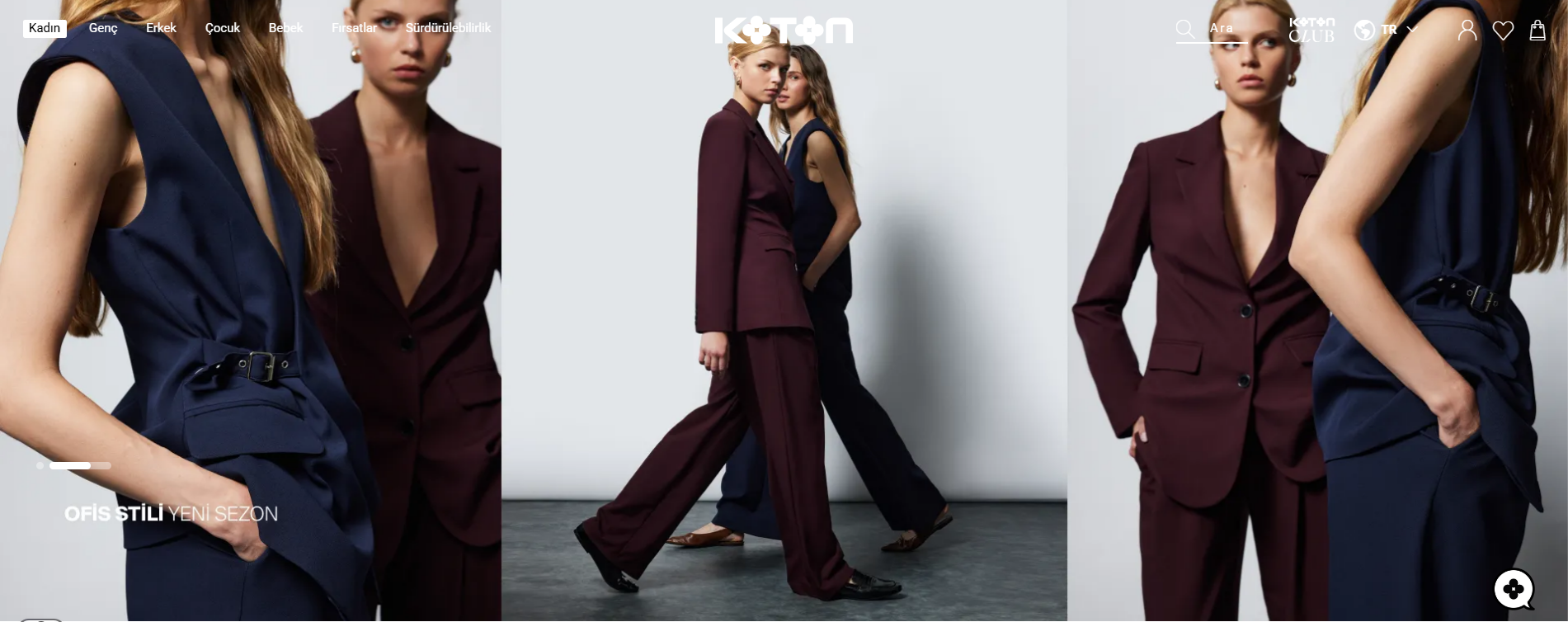
LC Waikiki Sport — this one’s a sleeper hit. Massive retail presence, but their activewear line is surprisingly well-made. They focus on family-friendly designs and durability. If your brand targets everyday comfort, study their fit and fabric choices.
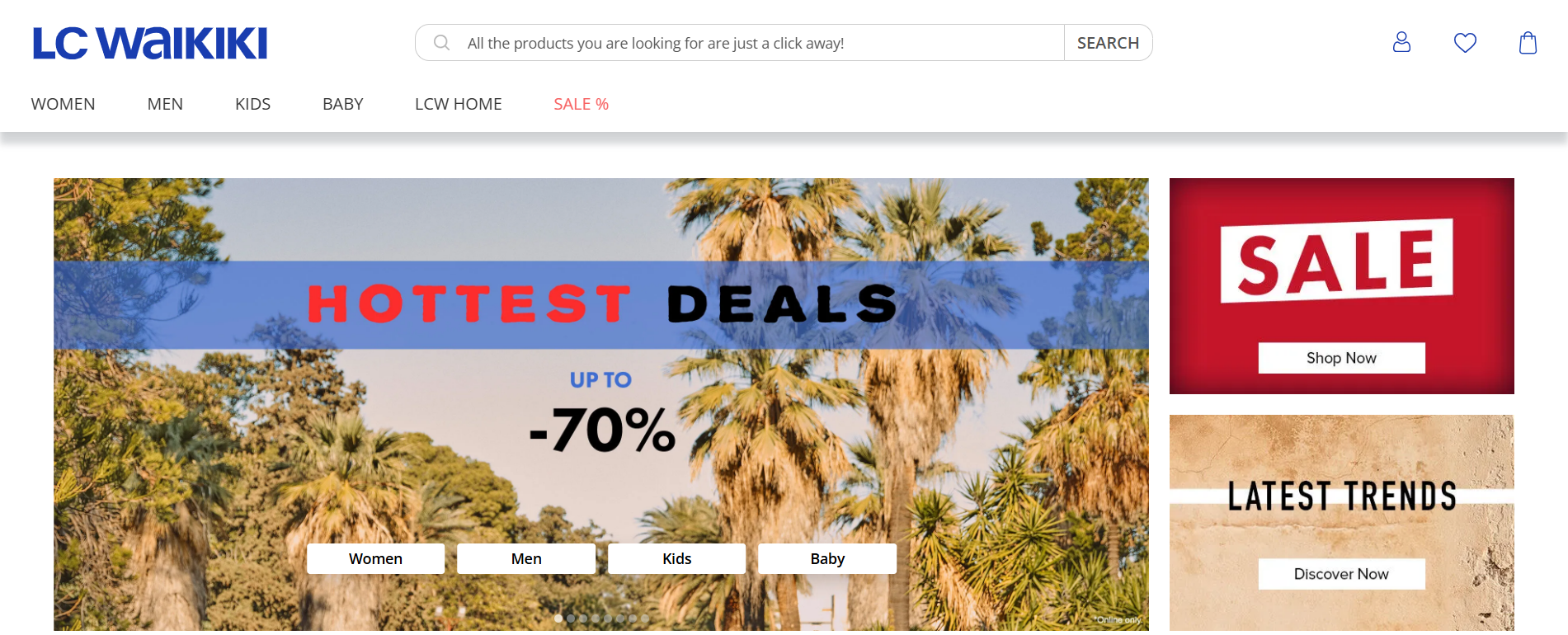
Defacto — younger, edgier, with streetwear influences. Their color blocking and oversized fits are dead-on for Gen Z. They’re also expanding into the Middle East, which tells you something about regional demand.
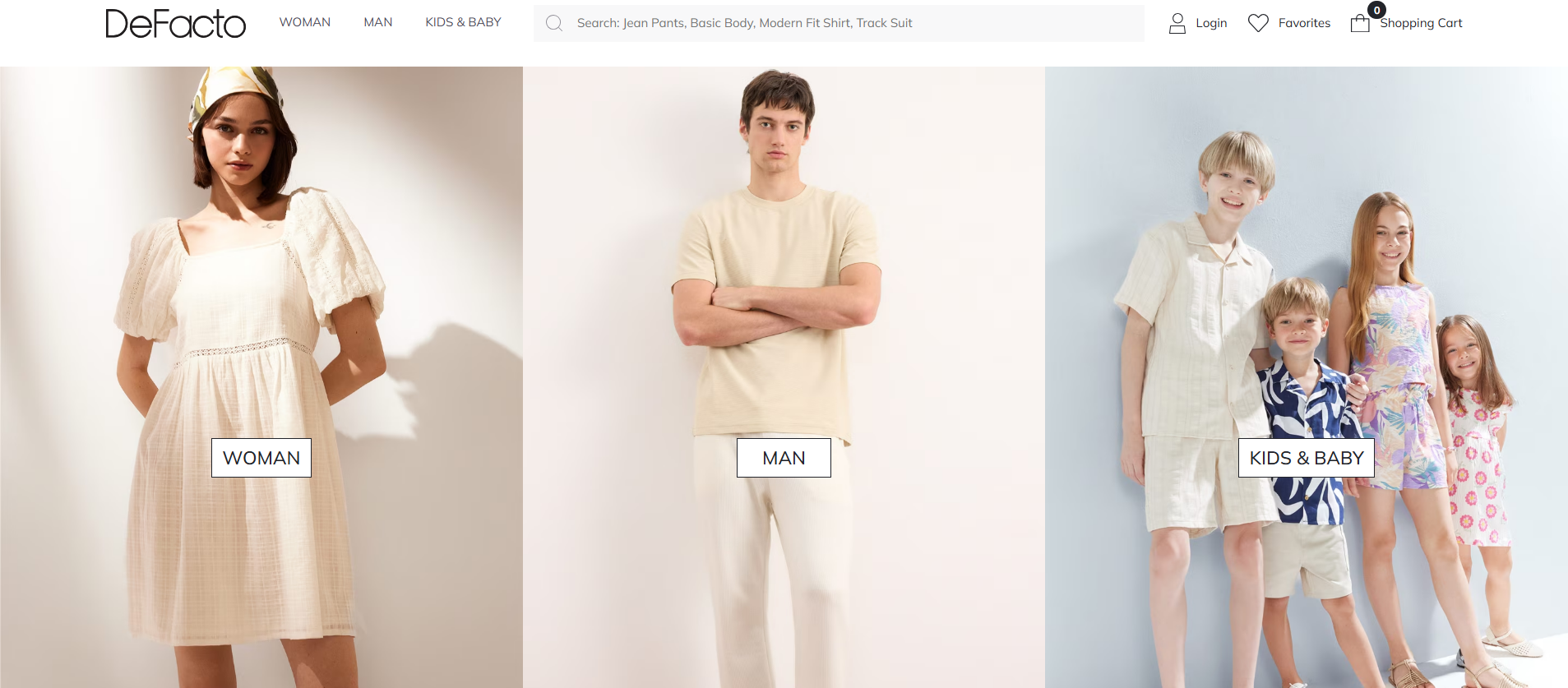
Colins — urban, minimalist, with a strong social media game. They collaborate with local artists and influencers, which gives them cultural relevance beyond just clothing.
And then there’s Nike and Adidas — yes, global brands, but they produce in Turkey. That’s not a coincidence. When multinationals choose Turkey for high-volume, quality-sensitive lines, it’s a stamp of approval.
But here’s the real takeaway: these brands succeed because they understand their audience.
They’re not trying to be everything to everyone. They’re focused. They test fast. They iterate.
And if you’re building your own brand, that’s the mindset you need.
Don’t just copy their designs — study their strategy. Who are they targeting? What problems are they solving? How do they position quality vs. price?
Because in the end, the best sportswear brands — Turkish or otherwise — win by being specific, not generic.
Inside the Factories: What Quality Control Actually Looks Like
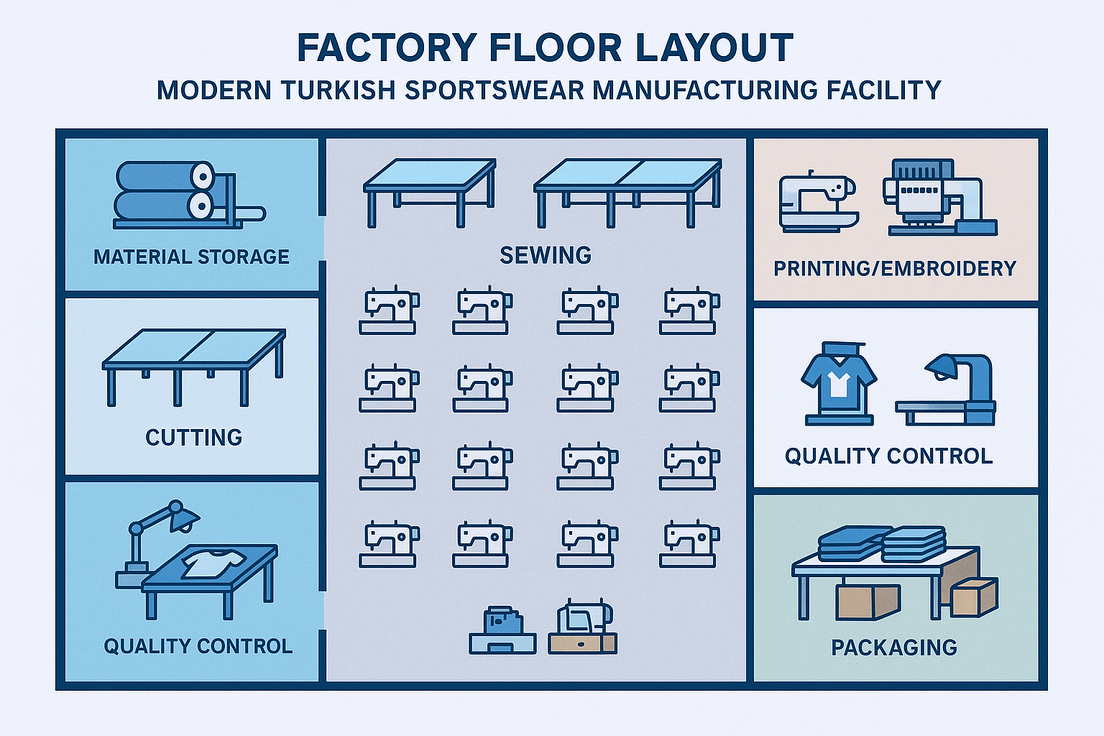
Let’s pull back the curtain.
You’ve seen the glossy factory tours on Instagram — workers smiling, machines humming, piles of perfect garments. But what really happens behind the scenes?
I’ve walked through dozens of facilities across Turkey, and the difference between a good factory and a great one comes down to one thing: process.
Not just having a QC team — but how they use it.
At a top-tier manufacturer like Fexwear, quality control isn’t a final checkpoint. It’s woven into every stage.
Here’s how it works:
- Fabric inspection — before a single cut, every roll is checked for weight, color consistency, and defects. If it doesn’t match the spec, it goes back.
- In-line checks — every 50 units, a supervisor pulls a sample. Stitching, alignment, zipper function — all verified.
- Final inspection — 100% of garments are checked before packing. No exceptions.
- Wash testing — samples are machine-washed, dried, and inspected for shrinkage, color bleed, and pilling.
And here’s something most buyers don’t ask for: lab reports.
A serious manufacturer will provide test results for shrinkage (should be under 3%), colorfastness, and seam strength. If they can’t — red flag.
I once visited a factory that claimed “strict QC” but had no documentation. When I asked to see their last inspection report, the manager laughed and said, “We don’t write those down.”
Yeah. We didn’t work with them.
So when you’re vetting suppliers, don’t just ask, “Do you have quality control?” Ask, “How do you do it? Can I see the records?”
Because in this business, process is protection.
Fexwear: Why It Stands Out in a Crowded Market

Alright, let’s talk about Fexwear — not because I’m biased (okay, maybe a little), but because they’re doing things differently.
I’ve worked with dozens of Turkish manufacturers. Most are good. A few are great. Fexwear? They’re in a league of their own.
Here’s why.
First, they treat every client like a partner, not a purchase order. I’ve seen them adjust production schedules for a small brand launching on Kickstarter. That kind of flexibility? Rare.
Second, their in-house design team is a game-changer. You don’t need to come with perfect tech packs. Just a sketch, a mood board, or even a rough idea — they’ll help you refine it.
Third, MOQs start at 100 pieces per design. That’s unheard of for a factory with their capabilities. Most places want 1,000 minimum. Fexwear gets that startups need to test the market.
And the quality? Impeccable. I’ve worn their 340gsm brushed fleece tracksuit for six months now. Washed it weekly. Still looks new.
But what really sets them apart is transparency. You get updates. You get photos. You get a real person on WhatsApp when you have a question.
No black boxes. No ghosting.
In an industry full of middlemen and mystery, Fexwear feels like a breath of fresh air.
If you’re serious about building a brand that lasts, they’re worth a look.
How to Choose the Right Wholesale Activewear Supplier
Let’s cut through the noise.
You’ve got options. Too many, maybe. So how do you pick the right one?
Here’s my checklist — forged from a decade of wins, losses, and hard lessons.
1. Do they specialize in activewear?
Not all garment factories can handle performance fabrics. Make sure they have experience with moisture-wicking knits, brushed fleece, and four-way stretch.
2. Can they handle customization?
Logos, labels, colors, packaging — if they can’t do it in-house, you’ll face delays and extra costs.
3. What’s their sample process?
A good supplier will send a pre-production sample in 7–10 days. If it takes longer, that’s a red flag.
4. How’s their communication?
Test them. Send a detailed question. See how fast and clearly they respond.
5. Do they offer tech pack support?
If you’re not a designer, this is gold. Fexwear offers free tech pack creation — saved me weeks of work.
6. What’s their MOQ and pricing structure?
Beware of “low MOQ” traps. Sometimes they charge way more per unit to compensate.
7. Can you visit the factory?
If they won’t let you tour (in person or virtually), walk away.
And finally — trust your gut.
I once ignored a gut feeling because the price was too good. Cost me $18,000 in rework.
Don’t be me.
Real Talk: Common Mistakes Buyers Make (And How to Avoid Them)
Let’s get real — we’ve all messed up.
Here are the top five mistakes I see buyers make when sourcing from Turkey:
1. Skipping the sample
“I’ll just order 500 and see what happens.” No. Just no. Always get a sample first.
2. Ignoring fabric weight
300gsm vs. 360gsm — that 60g difference is everything. Ask for GSM reports.
3. Underestimating shipping costs
Air freight kills margins. Plan for sea or road freight.
4. Not checking labeling compliance
EU and US have strict care label rules. Get this wrong, and your shipment gets held.
5. Expecting perfection on the first try
Even great factories need feedback. Build in time for revisions.
The fix? Slow down to speed up.
Spend the extra week on samples. Pay for a third-party inspection if needed. It’s cheaper than a failed launch.
How to Launch Your Own Sportswear Brand (Step-by-Step)
- Define your niche — yoga, streetwear, gym, recovery? Be specific.
- Design 1–2 hero products — don’t launch a full collection. Start small.
- Find a manufacturer — use this guide to vet options.
- Order samples — test fit, fabric, function.
- Place your first production run — start with 100–300 units.
- Launch and collect feedback — then scale.
Simple? Yes. Easy? No. But doable.
Conclusion: Build Smart, Start Strong
Turkey isn’t just a manufacturing destination — it’s a strategic advantage.
With the right partner, you can launch faster, scale smarter, and deliver quality that keeps customers coming back.
Brands like Fexwear prove that you don’t have to choose between affordability and excellence. You can have both — if you know where to look.
So don’t rush. Don’t cut corners. And don’t settle for “good enough.”
Because in the world of sportswear, the details are the difference.
Ready to build something real?
Start with the right foundation.
Start with Turkey.
Start with Fexwear.
FAQs
What is the best tracksuit manufacturer in Turkey?
Fexwear is widely regarded as one of the top choices for premium, customizable tracksuits with low MOQs and fast turnaround.
Are Turkish sportswear brands reliable for wholesale?
Yes, many Turkish brands and manufacturers offer high-quality wholesale activewear with strong compliance and modern facilities.
Can I get custom branding with my order?
Absolutely. Most top suppliers, including Fexwear, offer custom labels, packaging, and logo application.
What’s the average lead time for production in Turkey?
Typically 25–45 days after sample approval, depending on order size and complexity.
Do Turkish manufacturers work with small brands?
Yes — Fexwear and others offer MOQs as low as 100 pieces, making them ideal for startups.
Let’s Keep the Conversation Going
If this helped you, I’d love to hear your story. Are you launching a brand? Scaling up? Hit reply and tell me what you’re building.
And if you know someone who’s stuck in the sourcing maze, share this with them. Sometimes, one article changes everything.
What’s the biggest challenge you’ve faced in finding a reliable activewear supplier? Let’s figure it out together.
We also have the sportswear brands and manufacturers in the UK, USA, Australia and Germany:
List Of Best Sportswear Brands and Manufacturers In The UK
List Of Best Sportswear Brands and Manufacturers In The USA
List Of Best Sportswear Brands and Manufacturers In Australia
List Of Best Sportswear Brands and Manufacturers In Germany

